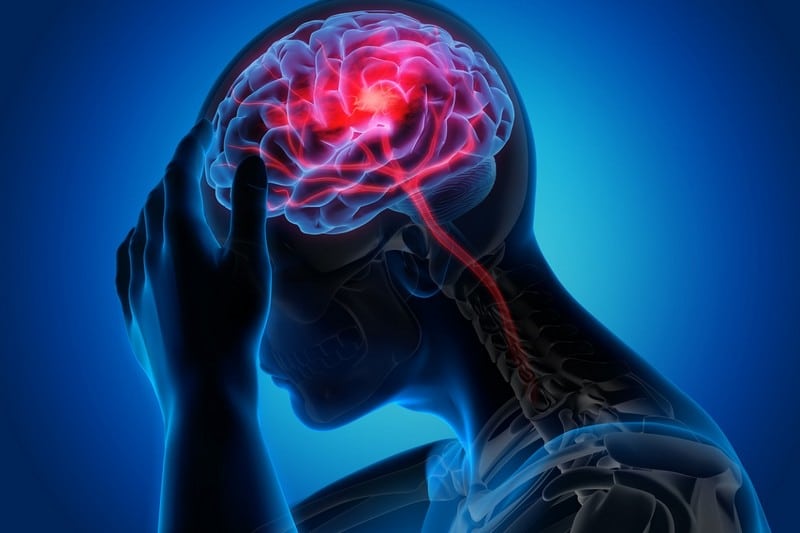Dysautonomia

Autonomic dysregulation, also known as dysautonomia, is a condition characterized by an imbalance between the sympathetic and parasympathetic arms of the autonomic nervous system (ANS). It is believed to be consistent with primary hyperhidrosis or localized excessive sweating, thanks to the resulting local or generalized dysfunction of the body’s thermoregulation capacity.
Autonomic dysregulation usually causes failure of the ANS function. When it happens, ANS fail to communicate as they are supposed to, causing problems in sending or receiving messages between the sympathetic and parasympathetic arms of the nervous system. As a result, some ANS functions usually take a hit, including heart rate, blood pressure, kidney function, sexual function, and breathing.
Dysautonomia is also believed to be associated with the neurogenic hyper-excitability of the sympathetic nervous circuits innervating the eccrine glands and causing the loss of body and skin temperature control, resulting in sweaty feet. It’s not the only effect, though.
Dysautonomia also features in other acute and reversible or chronic and progressive conditions like multiple system atrophy, impotence, orthostatic hypotension, or excessive sympathetic activity resulting in rapid pulse rate and excessive sweating.










